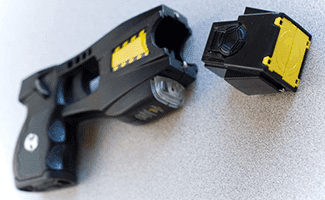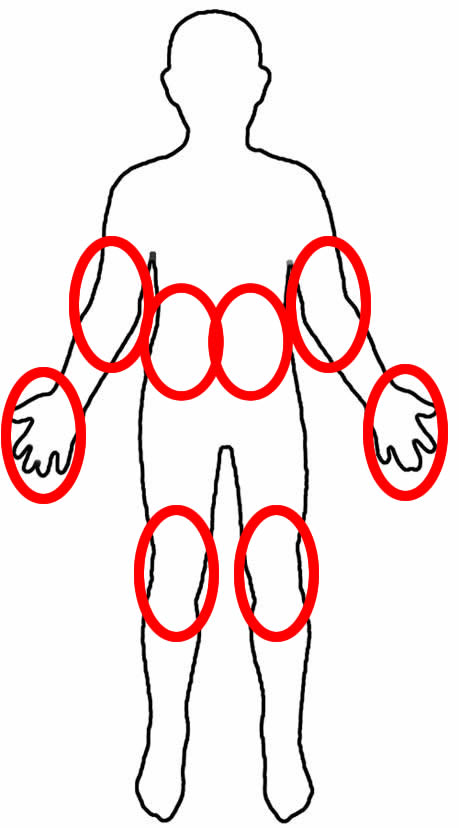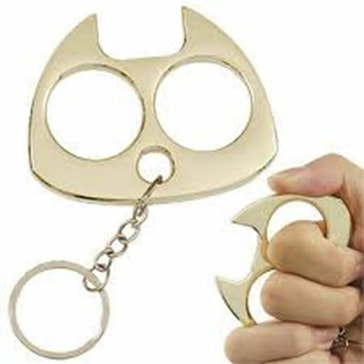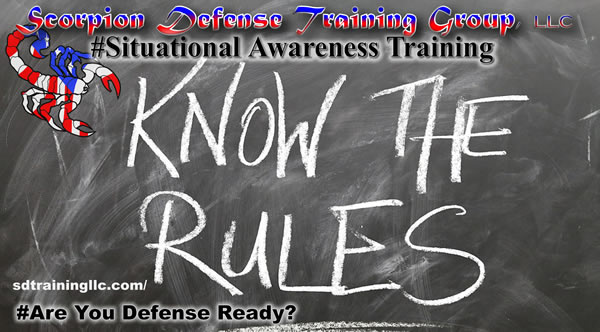Tasers and stun guns, they’re the same thing right?
While you may hear the names taser and stun gun used interchangeably, they are actually different weapons.
A taser deploys prongs from a distance and sends the current through the prongs and into the target, which completes the circuit.
A stun gun must be used in closed contact to your assailant. .
Police tasers and civilian tasers operate differently. The police version has an effective range of roughly 30 feet, while the civilian variant has about half the range. The civilian taser current is effective for up to 30 secs.; this can give you enough time to get away. The police taser is good for about 5 seconds, enough time for a trained officer or professional, to approach and control the suspect.
The first step in deciding between a stun gun and a taser should be to learn your local laws. Some states bar civilians from owning tasers and some bar civilians from owning stun guns. Some areas may ban both. Check your local laws prior to deciding on either.
While you may hear the names taser and stun gun used interchangeably, they are actually different weapons.
A taser deploys prongs from a distance and sends the current through the prongs and into the target, which completes the circuit.
A stun gun must be used in closed contact to your assailant. .
Police tasers and civilian tasers operate differently. The police version has an effective range of roughly 30 feet, while the civilian variant has about half the range. The civilian taser current is effective for up to 30 secs.; this can give you enough time to get away. The police taser is good for about 5 seconds, enough time for a trained officer or professional, to approach and control the suspect.
The first step in deciding between a stun gun and a taser should be to learn your local laws. Some states bar civilians from owning tasers and some bar civilians from owning stun guns. Some areas may ban both. Check your local laws prior to deciding on either.
Let’s assume your area allows you to consider both; then the question is do you opt for a taser that offers distance, or the surety offered by the stun gun? For the taser to be fully effective, both prongs must make contact and be embedded in the target. . If a prong misses or gets caught in clothing, the taser won’t administer the current, and your target is still standing.
If you’re not willing to accept this risk, a stun gun offers a more sure method of incapacitation. In some situations the mere threat of being tased or stunned is enough to deter a would be assailant.
My personal recommendation, should your area allow you to own one, is a taser. While the price tag is more hefty, the advantage of maintaining some distance from the target will allow you avenues of escape. Being within grasping range of an assailant is more dangerous, especially if the stun gun does not have the desired effect.
This ends our series of non-lethal self-defense weapons. In conclusion I hope you can see that all of these weapons have viability, depending on the laws in your area.
Your knowledge on the use of multiple methods of self-defense is your best defense! A firearm, pepper spray a taser or even a key chain knuckle on your person allows tiered responses to various threats as well as options for various locations.
If someone is menacing you but hasn’t yet done something to be a threat to your life or the lives of your loved ones, pepper spray is viable. If you’re somewhere where you’re not sure of your backdrop, which eliminates the safe use of a firearm, a taser might be the appropriate measure. Check all local and state laws prior to buying a non lethal, and if you’re going on vacation, check the state and local laws of your destination.
Follow this link to Connect with us today and start building your defense strategy with firearms training or with more advice on non-lethal defense solutions
If you’re not willing to accept this risk, a stun gun offers a more sure method of incapacitation. In some situations the mere threat of being tased or stunned is enough to deter a would be assailant.
My personal recommendation, should your area allow you to own one, is a taser. While the price tag is more hefty, the advantage of maintaining some distance from the target will allow you avenues of escape. Being within grasping range of an assailant is more dangerous, especially if the stun gun does not have the desired effect.
This ends our series of non-lethal self-defense weapons. In conclusion I hope you can see that all of these weapons have viability, depending on the laws in your area.
Your knowledge on the use of multiple methods of self-defense is your best defense! A firearm, pepper spray a taser or even a key chain knuckle on your person allows tiered responses to various threats as well as options for various locations.
If someone is menacing you but hasn’t yet done something to be a threat to your life or the lives of your loved ones, pepper spray is viable. If you’re somewhere where you’re not sure of your backdrop, which eliminates the safe use of a firearm, a taser might be the appropriate measure. Check all local and state laws prior to buying a non lethal, and if you’re going on vacation, check the state and local laws of your destination.
Follow this link to Connect with us today and start building your defense strategy with firearms training or with more advice on non-lethal defense solutions





 RSS Feed
RSS Feed


